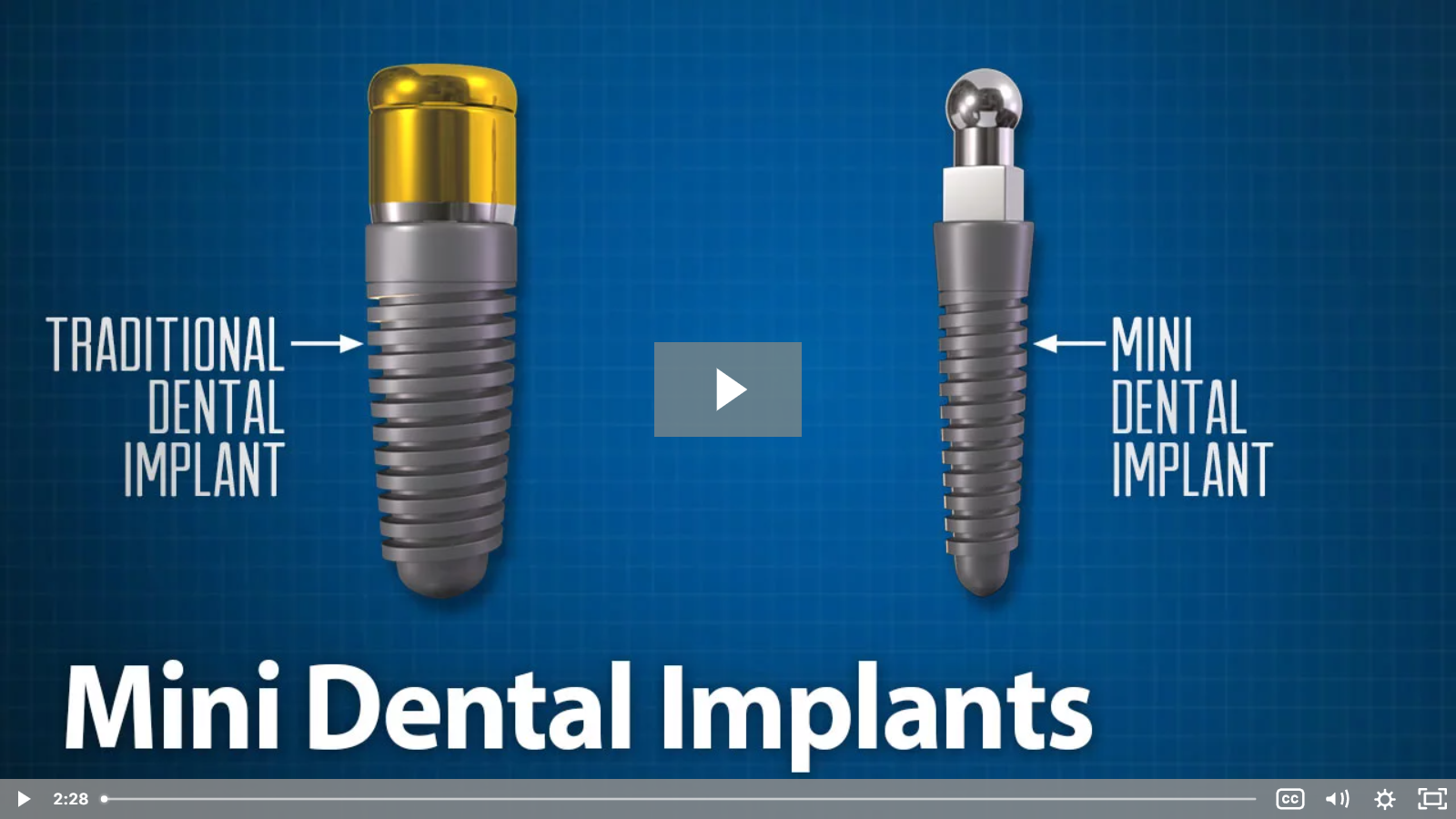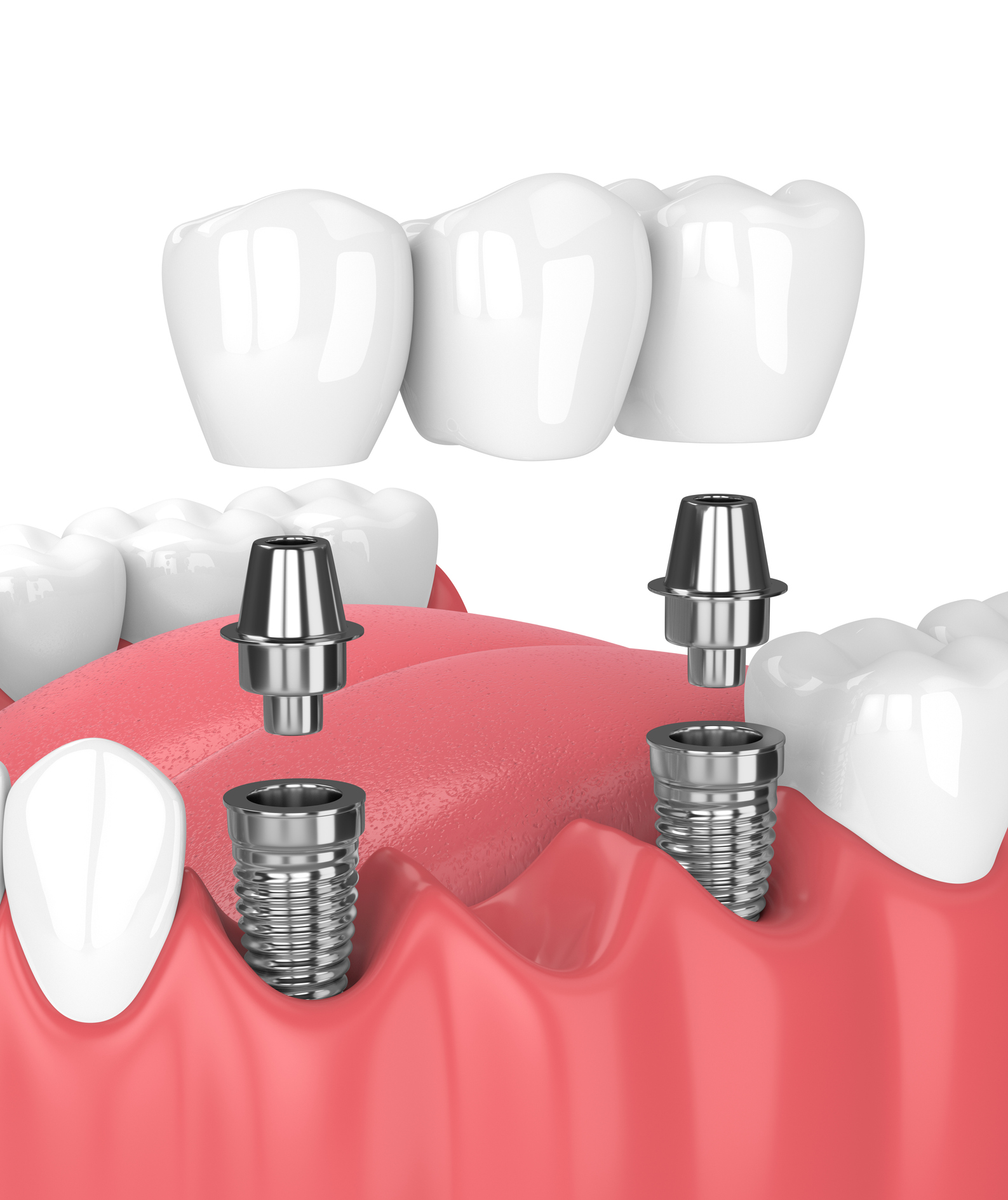Understanding the Difference: Mini Vs Traditional Dental Implants

There are quite a number of dental implants that can be used for tooth replacement. Mini dental implants and traditional dental implants are some of them. When you compare between the two, traditional implants are a bit larger and they provide a more durable and stable solution. However, for a dentist to install traditional bridges on a patient, the patient need to have sufficient jawbone density.
The good news is that mini implant provide an effective solution for patients whose jawbone atrophy may not qualify for traditional implants. These types of dentures do not require much support from the jawbone.
Read on to understand the difference between Mini Dental Implants Versus Traditional Dental Implants.
A Closer Look at Mini Dental Implants
Mini dental implants are designed as an alternative to traditional dental implants. However, they were initially intended to be temporary devices till when dentists discovered that they fused with the jawbone similar to how traditional implants did. They are now approved by the FDA for use as a long-term tooth replacement option. A mini dental implant is like a traditional implant. But, it is much smaller in thickness and length. Additionally, the abutment and the implant are a solid piece with the crown attached at the top.
Also, since the mini implant is smaller than a traditional implant, it does not offer sufficient stability. Usually, more than one mini implant is used to improve stability, especially when the missing tooth is a large tooth such as a molar. Additionally, the mini implant can be used in areas where the bone is not thick enough to support a traditional implant because it will not require an additional surgical procedure to build up the bone tissue.
Understanding the Traditional Dental Implant
A traditional implant is a titanium post that is surgically placed within the jawbone and serves as an artificial tooth root. And within a few months after the implant has been placed, it will fuse with the surrounding tissues in a process known as osseointegration. Once the jawbone is fused to the implant completely, a permanent dental restoration such as a denture, dental crown or a bridge will be attached to the implant.
For a patient to receive a traditional dental implant, he/she must have enough jawbone to support the post. Also, since the jawbone tends to break down after a long term tooth loss, some patients may require a bone graft before receiving a traditional dental implant placement.
Mini Dental Implants vs. Traditional Implants: Which is Right for you?
The main difference between mini implants and traditional implants is their size. Traditional implants are approximately 3-6 mm in diameter while the mini dental implants are about half that size. Traditional dental implants usually provide a stronger base for the attached restoration due to their substantial size. However, with that said, mini implants are effective and durable. They are a perfect alternative for patients with insufficient bone density,and they heal faster than traditional implants.
Bottom Line
The most suitable way to decide on which type of dental implant is right for you is to consult with your dentist. Contact our dentists in Clarinda or book an appointment with us at Springvale Dental Clinic for a consultation appointment. We will use the latest restorative techniques to ensure that your smile is beautiful and functional.

Popular Articles
Benefits of Getting Dental Implants Locally in Springvale
Springvale Dental Clinic Welcomes Walk-in Patients From Noble Park
Upgrade Your Smile With Cosmetic Dentistry.



